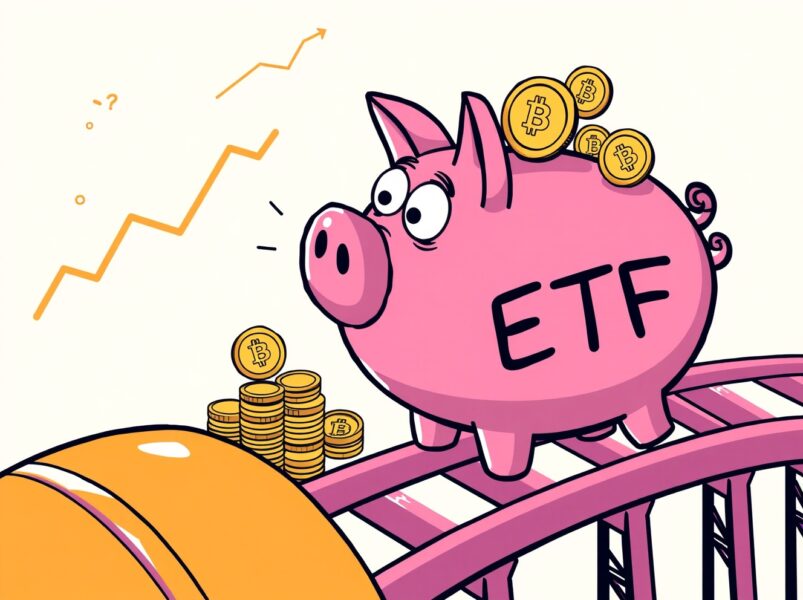Bank of England maintains UK interest rates at 4%
The Bank of England (BoE) has maintained interest rates at 4% despite concerns about the persistent above-target inflation. BoE’s nine-member policy committee (MPC) voted 7-2 to leave rates unchanged.
The central bank has also had five rate cuts since summer 2024, including one as recently as last month. Markets were expecting the bank to pause rate cuts this month since the UK’s inflation is well above the BoE’s 2% target, at 3.8% in August.
BOE remains alert to the risk of rising inflation
The UK’s core CPI rose by an annual 3.6%, compared with 3.8% in the twelve months to July. The central bank said it remains alert to the risk that the increase in inflation could put additional upward pressure on the wage and price-setting process. The BOE also confirmed that upside risks around medium-term inflationary pressures remain crucial in the MPC’s outlook assessment.
The bank’s governor, Andrew Bailey, said in Thursday’s meeting that the BoE held rates at 4%, but expects inflation to return to its 2% target. He also acknowledged that the economy is still not where they want it to be and that the BOE must make future cuts gradually and carefully.
Policymakers have been trying to balance the risk of rising inflation, which has been caused by a surge in food prices over the last few months. At the same time, the jobs market has been declining, with unemployment hitting a four-year high.
The BOE expects inflation to peak at 4% in September before retreating in the early half of next year. In August, the bank said it was mindful of inflationary pressures but aware of the need to promote growth and investment.
The MPC acknowledged that its own estimates indicate employment growth is at zero. The policymakers argued that zero unemployment partly stemmed from increased employers’ national insurance contributions (NICs). According to them, Rachel Reeve’s 25 billion euro NICs increase at last year’s budget ignited backlash from business groups. The central bank said it is mindful of a cooling jobs market and slowing wage growth, which it expects will ease inflationary pressures and could also push for a further rate cut in the coming months.
MPC’s Swati Dhingra and Prof Alan Taylor voted this month for another 25 basis point cut. The central bank also noted that underlying disinflation has continued, with the British pound remaining flat against the dollar at $1.3638 following the announcement.
Economists at ING said they were eager to see the vote split and forward guidance from the BoE for clues on what the MPC might do at its next meeting in November, despite not expecting a September rate cut. The central bank also acknowledged that the gradual and careful attention to withdrawing monetary policy restraints was still appropriate.
Reeves plans to announce tax hikes
As Cryptopolitan reported, Reeves is also expected to announce a raft of tax hikes during the government’s November 26 Autumn budget. She said the initiative is meant to eradicate a budget deficit as she seeks to balance the books and reduce borrowing. The BOE will meet on November 6, just before the budget announcement.
Isaac Stell, an investment manager at Wealth Club, argued that the central bank faces a dilemma of either easing rates and risking further fueling inflation or raising rates, which can strain an already weak economy. He added that the government is still due to deliver a budget that needs to fix a deficit running into the tens of billions.
Stell believes that the real action lies with Reeves and not with the central bank. He argued that the BOE is waiting to see what tax and spending decisions emerge in the budget. Chief UK economist at Deutsche Bank, Sanja Raja, mentioned that the good news is that the August inflation data has corrected some of the upside surprises from last month. According to him, the bad news is that inflation has a little further to go before hitting its peak.
If you're reading this, you’re already ahead. Stay there with our newsletter.
You May Also Like

Security Experts Uncover Suspicious “Safery” Crypto Wallet on Chrome Store

DCR price tests $55 as 60% staking tightens supply – What comes next
